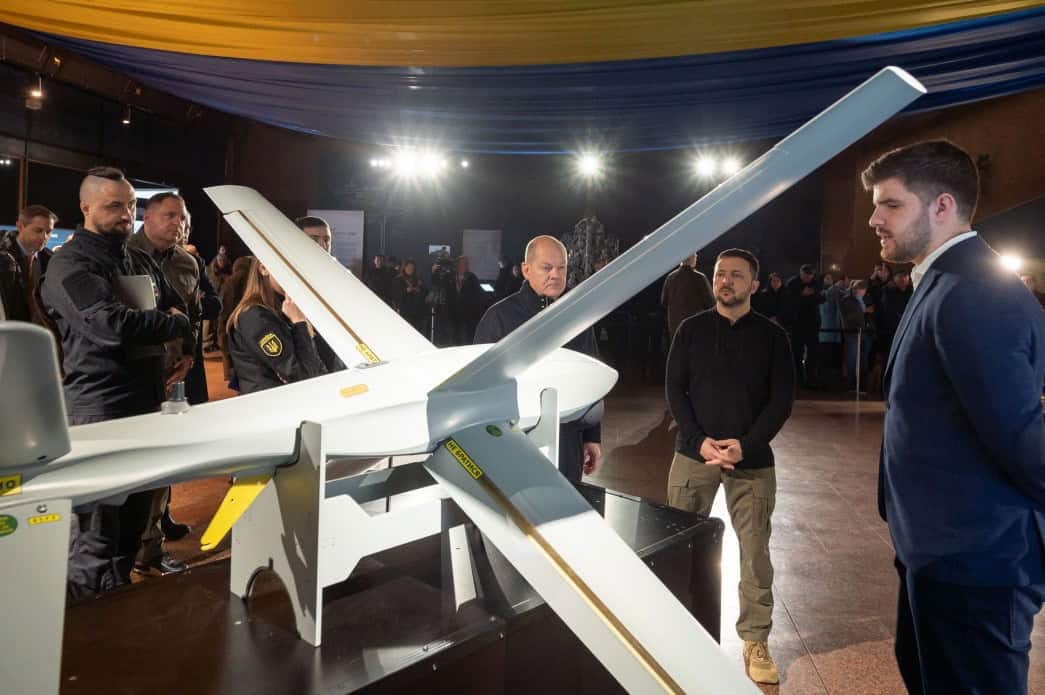Ukraine’s RAM-2X Loitering Munition is Giving Russian Armor Nightmares
Ukraine’s latest addition to its expanding drone arsenal, the RAM-2X, might just be one of the most terrifying entries yet.

The battlefield is evolving. Fast. And Ukraine’s latest addition to its expanding drone arsenal, the RAM-2X, might just be one of the most terrifying entries yet.
Why? Because it’s not just another …



